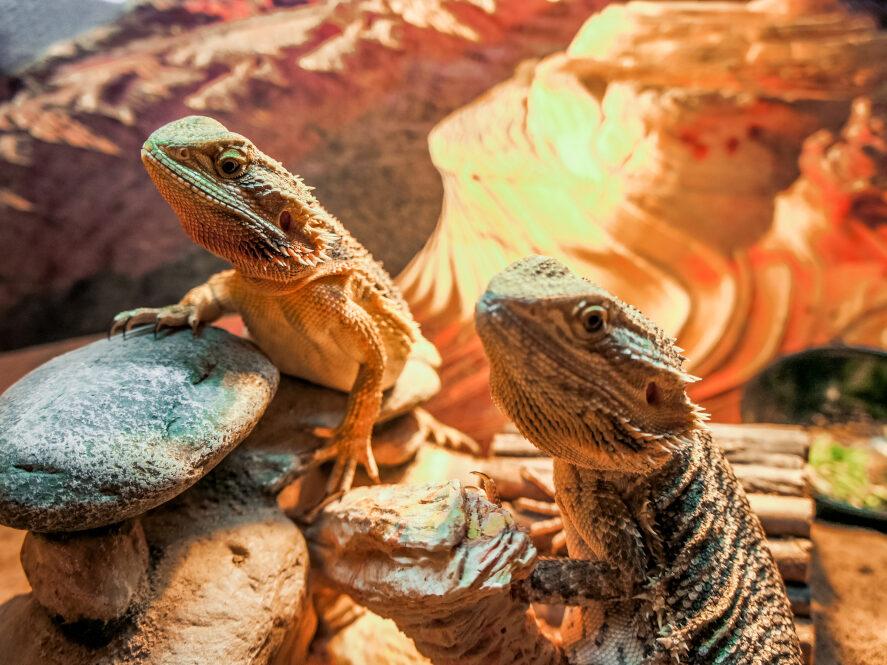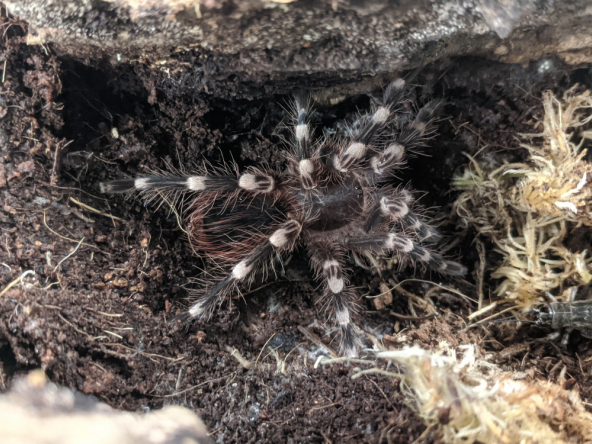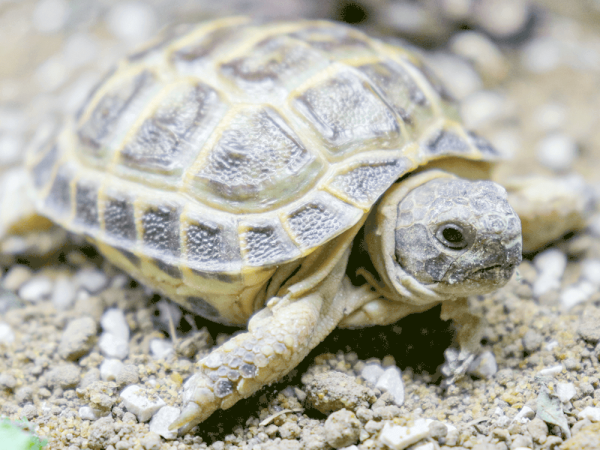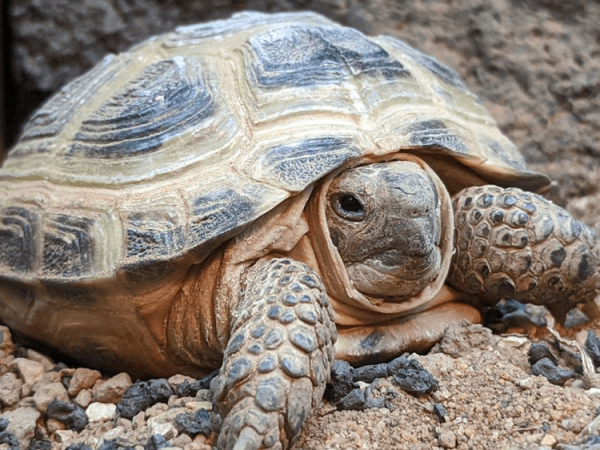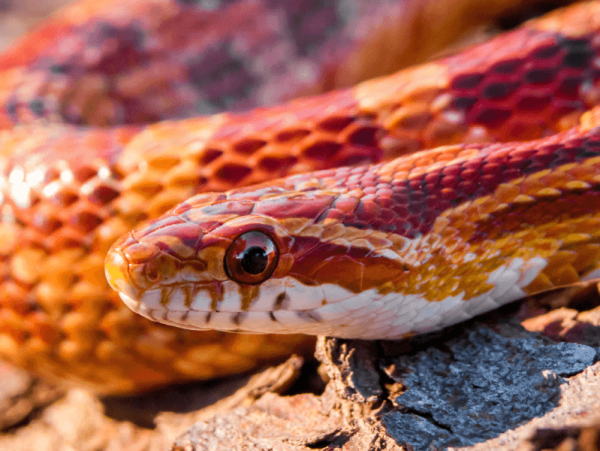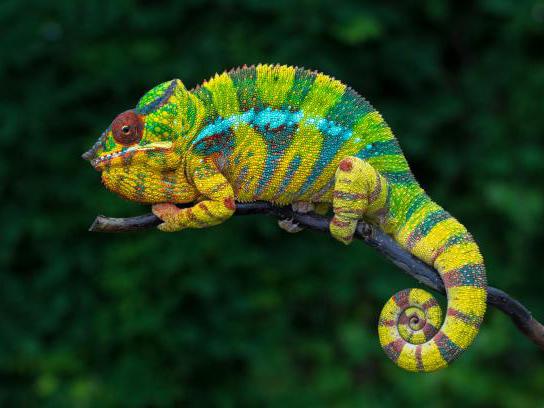A complete guide to Bearded dragon temperature and heating
Bearded dragons are ectothermic, or cold-blooded, which means they are unable to control their internal body temperature without help from external sources. Due to this, in a captive environment, we must provide them with a temperature gradient that runs from warm in one end of the enclosure, to cool in the other end. This will allow your Bearded dragon to choose between hot, warm and cool areas depending on whether they need to warm up or cool down.
Heating is of particular importance to reptiles, as without the correct temperature gradient, they will be unable to properly digest their food, which can lead to a host of related health issues. Bearded dragons spend a lot of time basking, some would even call them sun worshippers, so getting your heat and light sources correct is paramount for this species.
For information on other aspects of Bearded dragon husbandry, why not take a look through our Bearded dragon care sheet.
What is the ideal temperature gradient for a Bearded dragon?
During the day, the optimum basking area temperature for a Bearded dragon is 40-42°C (104-107°F) with the cool end sitting at around 22-25°C (71-77°F). A heat source placed in one end of the enclosure is usually enough to keep the temperatures within the required range across the entire thermogradient.
How cold is too cold for a Bearded dragon?
During the day, the cool end temperature of a Bearded dragon enclosure should not drop below 22°C (71°F), but your basking area should always remain between 40-42°C (104-107°F) as mentioned above.
Overnight, Bearded dragons can quite comfortably drop down to around 15°C (59°F) overnight, as the temperature drops naturally overnight, you have a little more leeway with your nighttime temperatures than during the day.
What equipment do I need for my Bearded dragon heating system?
To achieve the proper temperature gradient for a Bearded dragon, an overhead heat source should be installed, as under tank heating elements such as a heat mat will not work well enough to warm the ambient temperature to the required levels.
This can be done using either a heat lamp, including halogen bulbs or a ceramic heat emitter, installed into a ceramic bulb holder, both of which should be connected to a compatible high-range thermostat to regulate and maintain a consistent temperature. For a heat lamp, this would need to be a dimming thermostat, whereas, for ceramic heat emitters, this would need to be a pulse proportional thermostat.
The heating system should be installed into the ceiling of the vivarium, at the very end of one side, along with your UVB lamp, which will produce a basking area on that side, and make the whole side the 'warm end' and the other side the 'cool end', with the middle of the vivarium sitting somewhere in between.
It is then important to use at least one accurate thermometer, to monitor the temperature in the warm end of your Bearded dragon tank, although two thermometers would be best so that you can keep an eye on the temperatures across the entire thermogradient.
A digital thermometer or two is the best choice here, as they are much more precise than analogue thermometers, and usually have a probe on a wire with the screen outside of the enclosure, making them easier to read.
Do Bearded dragons need heat at night?
The simple answer to this question is that it depends on how warm your house is. In nature, the temperature drops naturally overnight, and this drop in temperature can be quite dramatic in some areas. So, no matter what, it is good to allow this natural nighttime temperature drop in a Bearded dragon's enclosure as they naturally do not require as much heat during these times.
If your home drops below 15°C (59°F), as mentioned above, then some supplementary overnight heating is required to keep your Bearded dragon warm, although if your home remains above this, then you do not need to provide heating overnight.
To ensure you do not disrupt your Bearded dragon's circadian rhythm (sleep/wake or day/night cycle), any heating equipment used overnight should not emit light, this includes coloured night light basking bulbs, which despite popular belief, can be seen by reptiles, and do disrupt their sleep/wake cycles, as they still emit visible light which can be seen. On top of this, they wash the entire area in a single colour, which can be quite stressful to the animal.
The best nighttime heat source for a Bearded dragon is a ceramic heat emitter, as this emits no light and can be thermostatically controlled to maintain a set temperature that should still be lower than during the day.
If you do need to provide nighttime heat for your Bearded dragon, it is generally better to use the ceramic heat emitter for your daytime heat also, rather than a heat lamp. This will save you from having to buy two separate thermostats and having to switch between heat sources twice a day. Instead, you can use a pulse thermostat with separate day/night temperatures, to maintain and change the set temperature to your ceramic heat emitter as required.
Can I use a mercury vapor bulb for my Bearded dragon heating system?
Mercury vapor bulbs produce heat and UVB rays, which make them a great choice in terms of efficiency. However, mercury vapor bulbs cannot be controlled by a thermostat, and instead, the temperature must be controlled by raising or lowering them above the target basking area.
This means that mercury vapor bulbs are likely to overheat in enclosed set-ups like a Bearded dragon vivarium, so are sadly not suitable, rather they work better for open set-ups such as tortoise tables.
Is there anything else I can do to maintain my Bearded dragon's basking temperature?
First and foremost, we recommend sticking to a wooden vivarium, as the wood works much better to retain heat over other materials such as glass. You can also incorporate basking rocks into the basking area, which work well to absorb heat and maintain a higher surface temperature than the substrate will. You should, however, avoid using an electrical heat rock, which produces its own heat, as these tend to overheat and can lead to burns.
If you're looking to set-up a new enclosure for your Bearded dragon, why not simplify things with one of our Bearded dragon starter kits?




